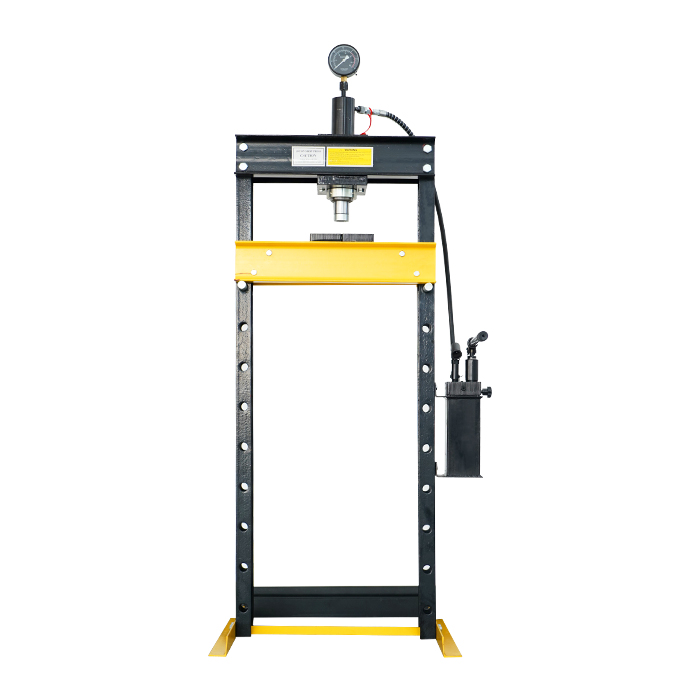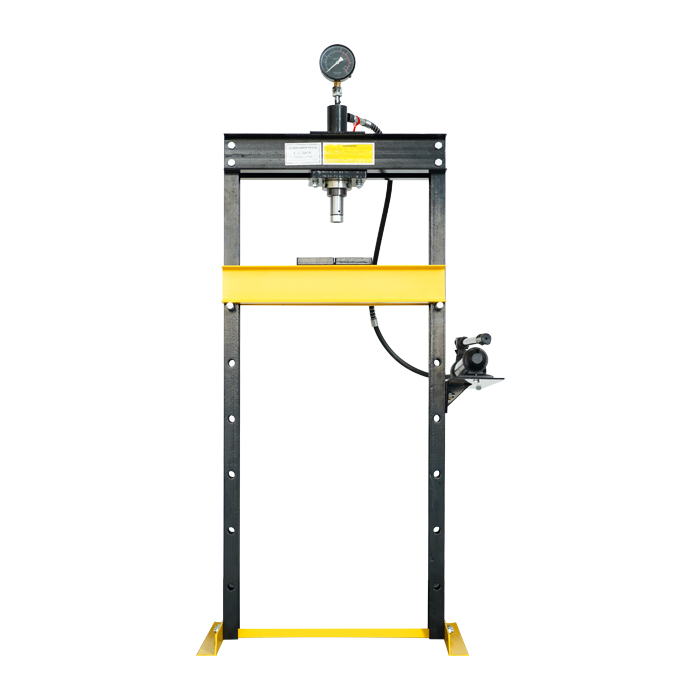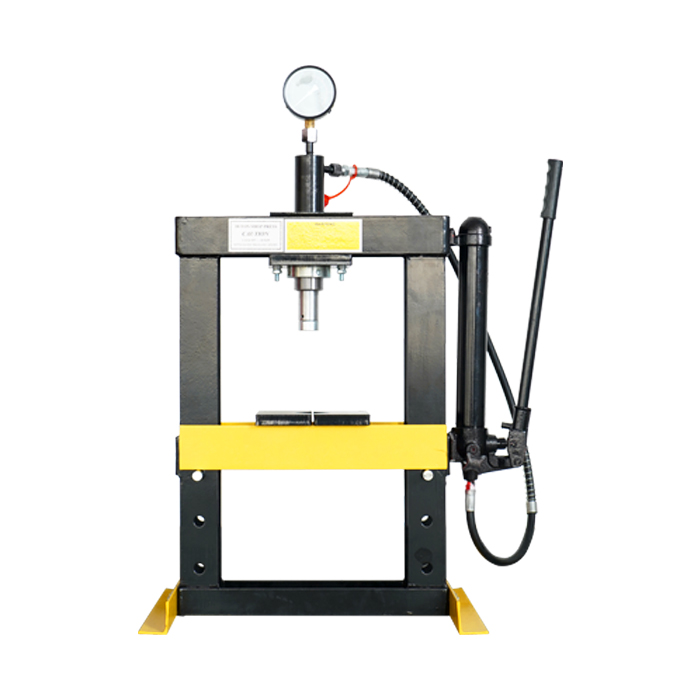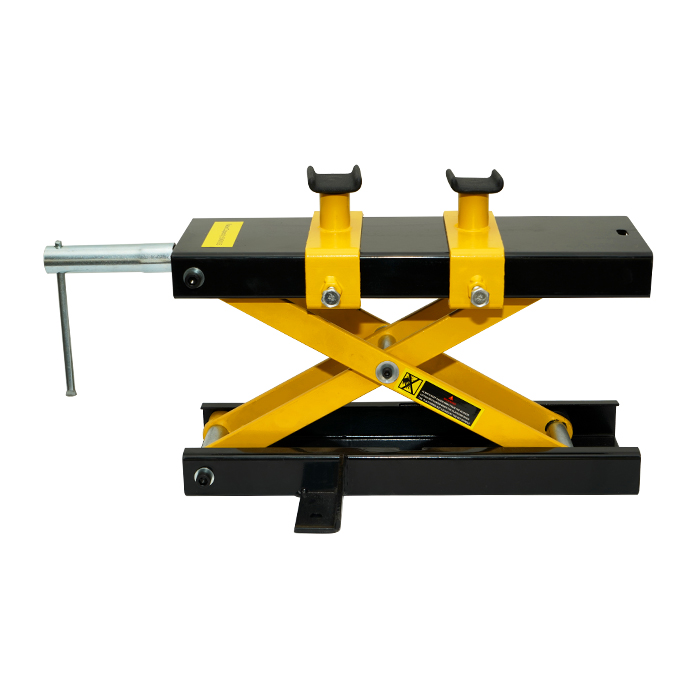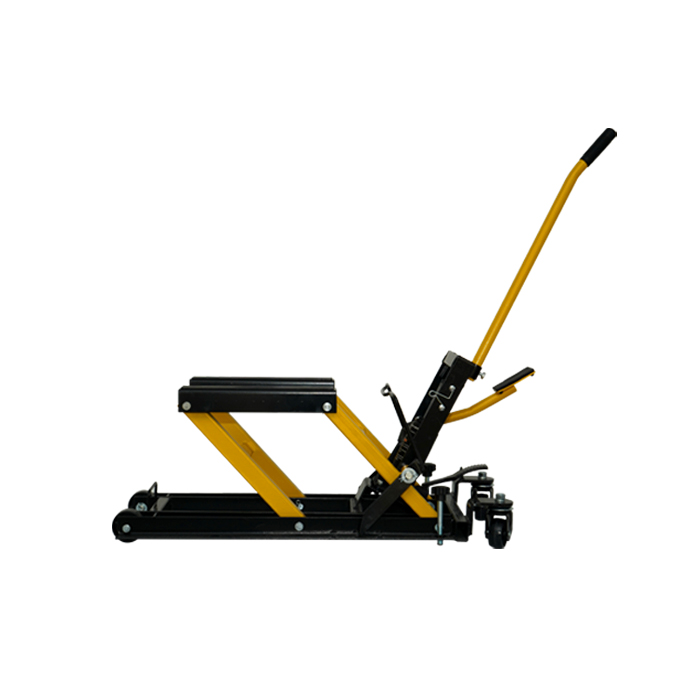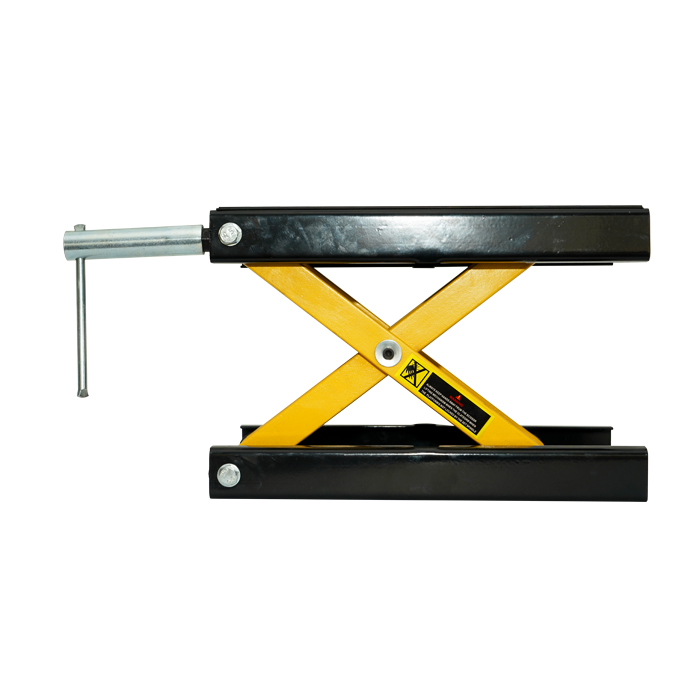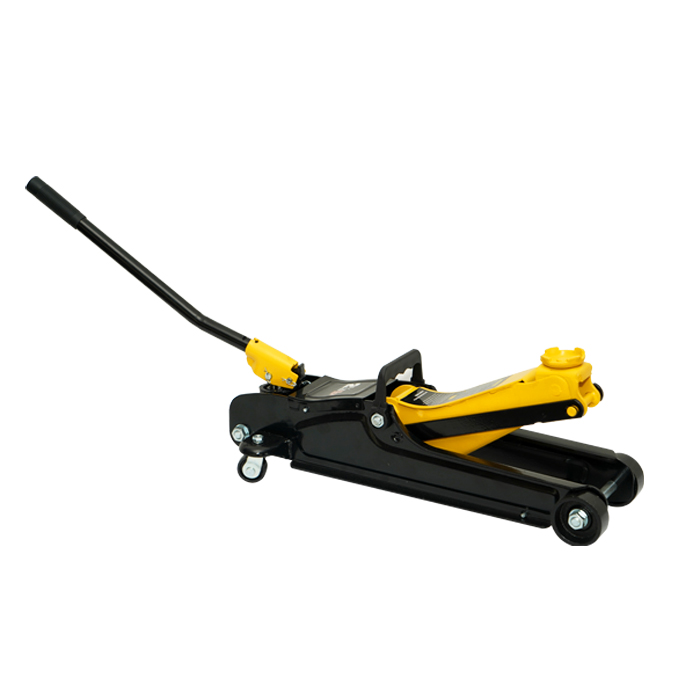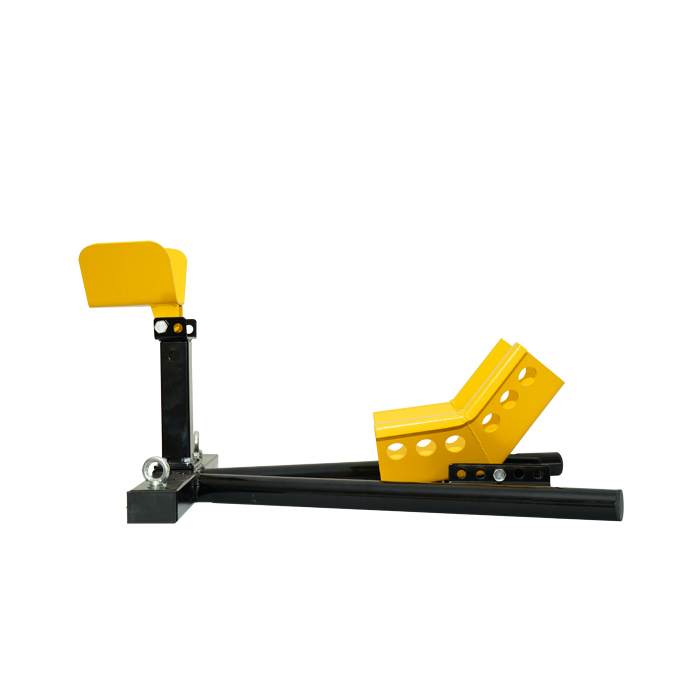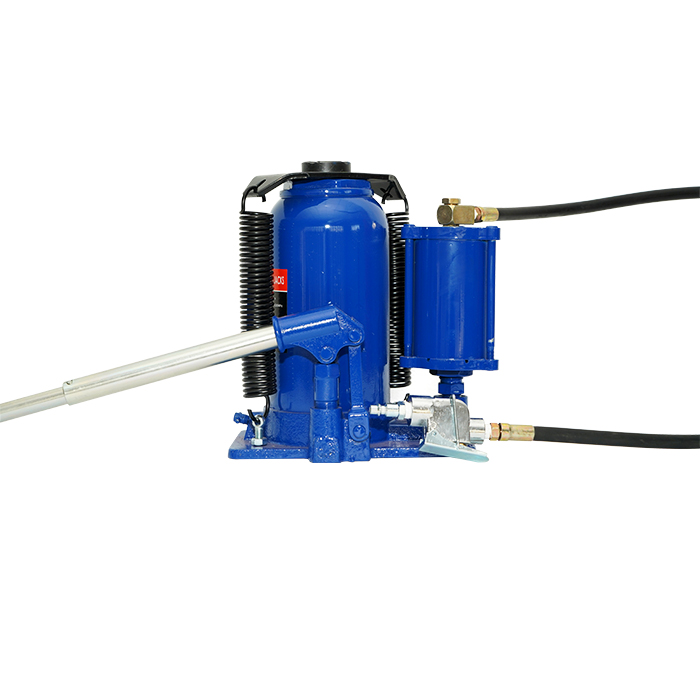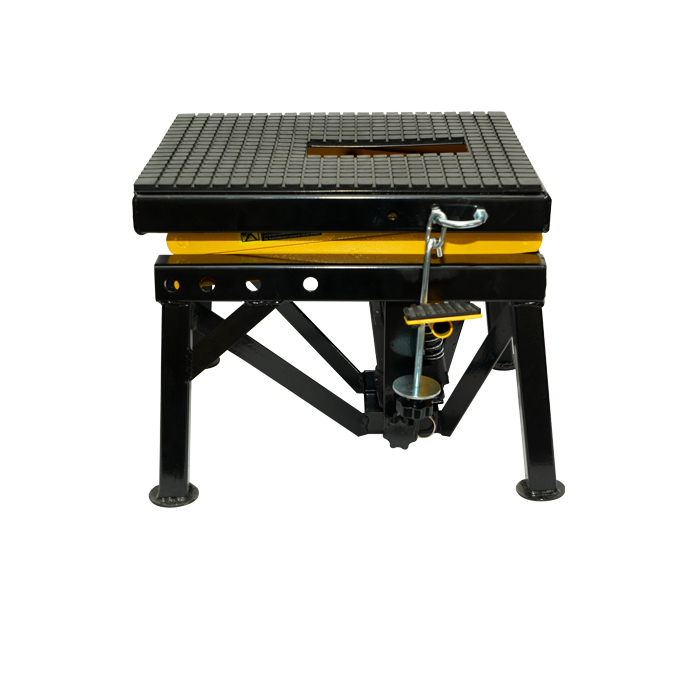When using a motorcycle lift, it is inevitable to encounter some unexpected situations, such as a sudden increase in the noise of the motorcycle lift....
1. When the motorcycle lift lifts the roller, the upper and lower surfaces are worn and deformed, or the surface slips poorly. When the roller moves in the guide groove or the motorcycle lift swings, noise will be generated. There are many main reasons for this failure: poor machining accuracy and poor surface lubricity of the roll; if heat treatment is not performed, the hardness of the roll is not good. The guide grooves have a rough appearance, poor lubricity, and increased roller wear. In this case, the qualified roller should be replaced. If the channel is rough, the appearance of the multi-channel should also be dealt with.
2. Due to the long-term lack of lubricating oil, the motorcycle lift should also run, and the rolling bearing is damaged, causing drum vibration or loud noise in driving mode. The treatment method is very simple, and the rolling bearing can be replaced.
3. Due to the long-term lack of lubricating oil, the bushing or shaft connected by the arms or struts of the motorcycle lift causes the noise of the hydraulic motorcycle lift to increase and decrease. In this case, if it still doesn't work, you can add oil. When working, it is necessary to check the wear of each bushing or shaft. If the wear is severe, the bushing or shaft needs to be replaced.
4. There are many fixed height guide rails in motorcycle lifts. If the guide wheel or side wheel bearing is damaged, a sharp sound will be produced when the guide wheel collides with the guide rail during the lifting process. Worn idler bearings can be replaced.
In most cases, when the hydraulic system of a motorcycle lift fails, it is difficult to find the fault location immediately. Because in a hydraulic system, various components, auxiliary equipment and oil are mostly enclosed in casings and pipes, they cannot be directly observed like a mechanical transmission, and measurement is not as convenient as an electrical circuit. In addition, the system can only display faults during operation.

 English
English 简体中文
简体中文